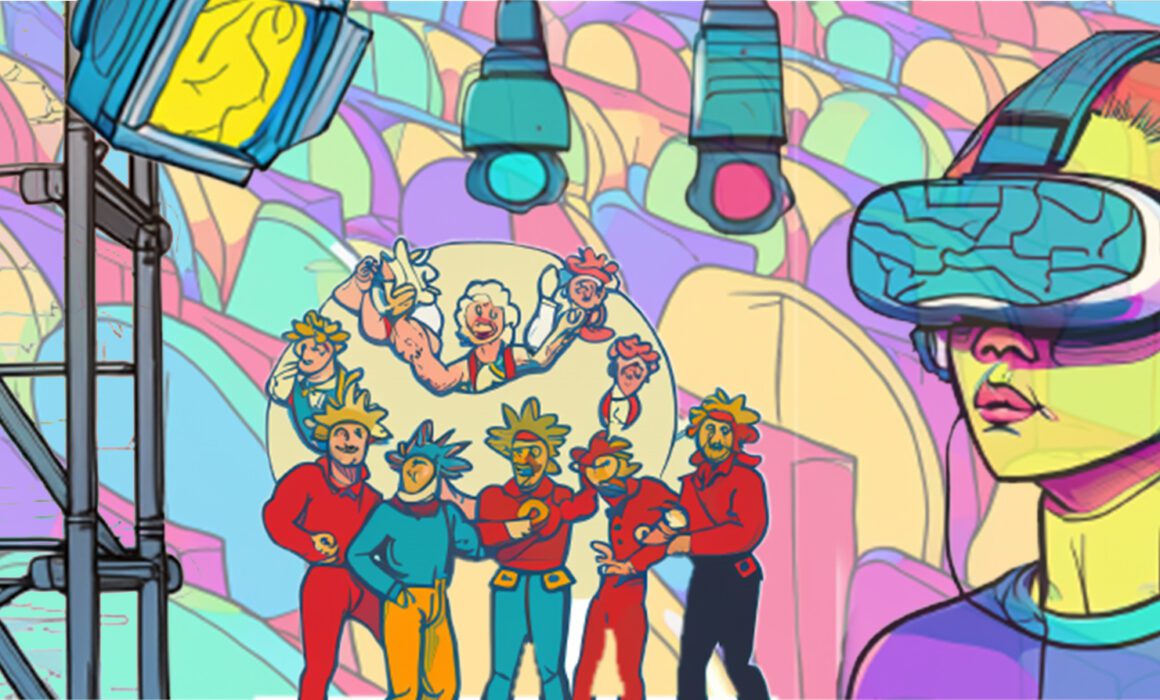2023-2024 Cultural and Performing Arts Insights
We often like to reflect on the past 12 months of achievements, innovations, and the state of design for cultural and performing arts venues. These insights reflect the changing needs and preferences of the artists, audiences, venue managers and operators, as well as the observations of those of us in the industry tasked with conceiving and developing these beautiful spaces.
Especially evident this past year was the growing appetite for the design of performing arts venues to be flexible and adaptable; to have spaces that are multipurpose and versatile that can accommodate different types of performances, installations, and audiences. These spaces allow for more creativity, experimentation, and safety and comfort for the performers and spectators, while being functional and efficient for producers, technical teams, and operators. This trend is evident in several new and upcoming venues in the US and around the world, which feature movable theaters, modular stages, and transformable auditoriums.1
Along with the ever-changing needs and standards of newer venues, and the modernization of older buildings and structures, the integration of technology and digital media to enhance the artistic experience, and connecting with new audiences is a central topic of conversation. Technology and digital media can be used to create immersive and interactive environments, to showcase diverse and innovative forms of expression, and to expand the reach and accessibility of the performing arts. This trend is visible in several venues that have adopted cutting-edge technology, such as projections and holograms, and virtual and augmented reality to create novel and engaging experiences for the artists and audiences. Our very own sister company Agile Lens continues to be on the bleeding edge of such futuristic developments.2,3
Equally significant in our conversations over the last year has been the need to meet greater goals of inclusion, equity, diversity, and belonging in both programming as well as representation of performing arts organization and academic institution staffs, in addition to engagement with social justice issues and personal narratives. This priority can clearly be seen in the selection of performers, genres, themes, and languages, as well as in the dialogue and collaboration with and between communities and audiences – in productions across the country and around the world. These conversations have also extended to include firms like our own, being charged to think outside the box to accommodate and reflect the nuance of experiences for a spectrum of visitors, audiences, staff, artists, and performers that need to play out in these spaces.
These ongoing insights are not only exciting and inspiring, but also indicative of the future direction of the AEC and Arts industries. We hope you learned something new! As we document and embrace these changes in 2024 and beyond, we will continue to publish more updates. Stay tuned! Thank you for your attention and have a story-worthy day!
Sources
- What Will Post-Pandemic Performance Venues Look Like? ↩︎
- What’s new in the performing arts? ↩︎
- Cultural product innovation strategies adopted by the performing arts ↩︎
If you enjoyed reading this article, subscribe to our monthly eDigest for more.

